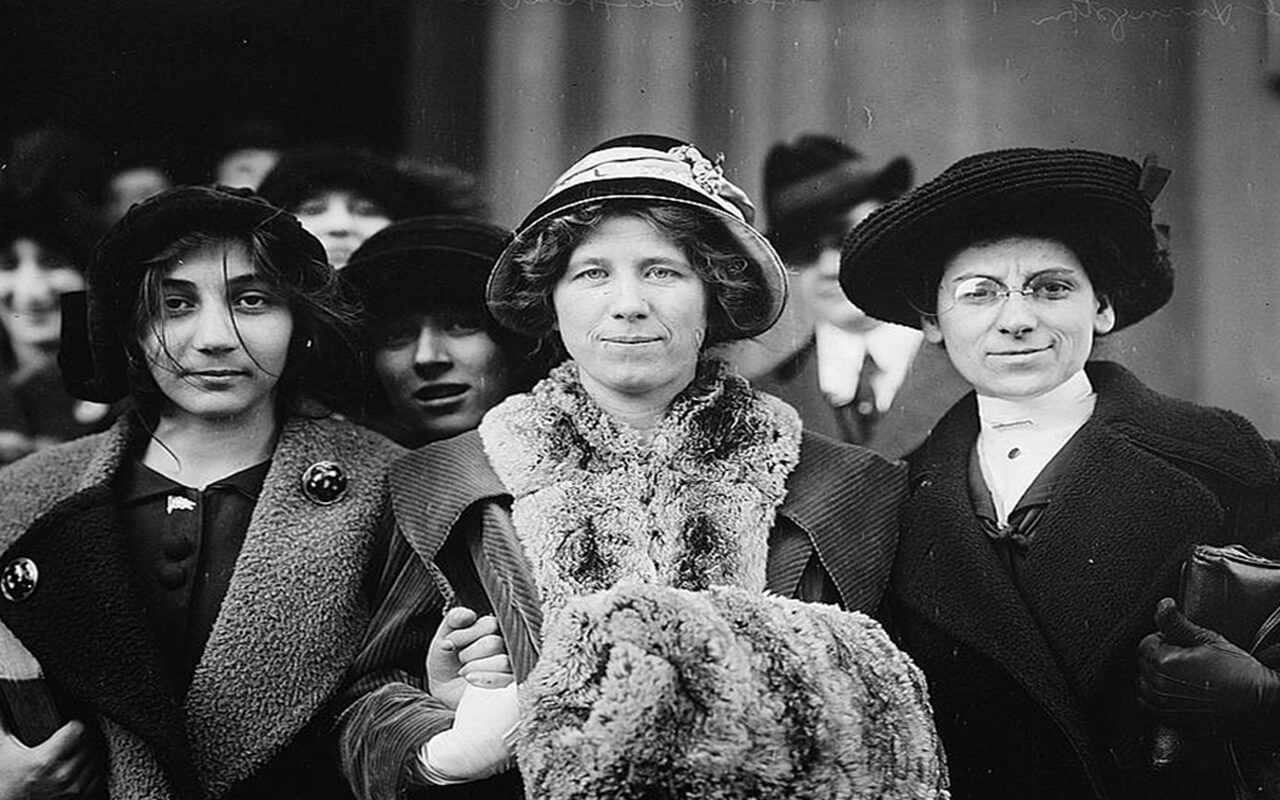After Mother’s Day: Changes in mothers’ social programs over time

Yesterday was Mother’s Day. If you celebrated, maybe you enjoyed a homemade card, brunch on the town, a floral bouquet, or a mostly edible breakfast in bed.
Today, I invite you to join me in thinking about how we as a nation craft the social programs that support our mothers. The first Mother’s Day was in 1905. Women in the United States at the time and since then have played twin roles: as producers of labor in their roles as workers and as reproducers of human life in their roles as mothers and caretakers. Women, of course, have always simultaneously worked in the market and parented at home, yet the value our society placed on these two types of women’s labor has changed over time—as have the social programs that support mothers.
As Anna Jarvis was crusading to get Mother’s Day a place on the nation’s calendar, her peers—wealthy, white women who shared her progressive, reform-minded impulses—were laying foundation for our modern social safety net. Though most of these women chose to pursue social change rather than traditional family life, as architects of Mothers’ Pensions, they sided firmly with the view that the woman’s sphere was in the home.
Mothers’ Pensions—which were passed into law state by state from 1911 to 1920—were targeted at widows and provided cash payments designed to simultaneously keep children out of orphanages and mothers out of the workplace. Along with cash payments came extensive monitoring and supervision, as proto-social workers pushed the predominantly white ethnic beneficiaries to embody American motherhood as they saw it (yes to church, no to garlic, no to work outside the home). These state programs paved the way for the federal laws that followed.
In 1935, Title IV of the Social Security Act established Aid to Dependent Children, which largely reflected the state system of Mothers’ Pensions. It was renamed Aid to Families with Dependent Children in 1962 and morphed into Temporary Assistance for Needy Families in 1996. By that time, our visions of both mothers and welfare recipients had shifted radically, and the program changed to mirror those shifts. Upper- and middle-class women had joined their working-class counterparts in the labor force and a social narrative formed to make sense of the idea of the working mother. Welfare recipients, once thought of as pitied but deserving white ethnic women, were now cast as black and undeserving.
In short, by 1996, our social pendulum had swung fully in the direction of mothers as producers. A central goal of Mothers’ Pensions had been to keep mothers at home, but the Temporary Assistance for Needy Families program instituted work requirements designed to push mothers into the workplace—regardless of how those jobs affected their ability to parent.
So, where does that leave us today? We are still firmly rooted in the vision of mother-as-worker. Social programs, from the Supplemental Nutrition Assistance Program to Medicaid, are considering attaching or strengthening work requirements. This dichotomy, of course, doesn’t buy us much. Today, as was the case for most women in 1905, mothers are both producers and reproducers.
Social programs that focus on only one of these roles are doomed to fail. When paid leave programs target mothers over fathers, women bear more of the housework burden—even when they return to work. Work requirements push women into jobs with erratic hours that leave their children’s caretaking needs unmet.
This dynamic causes double damage to our economy. Saddling mothers with a disproportionate amount of housework stops them from effectively deploying the human capital they have accumulated in the workforce. And lack of control over one’s work environment stops mothers from helping their children develop the human capital that our economy will need in the generation to come.
So, what’s the best way for the social safety net to help support mothers and their families and the broader economy? Research tells us that our old archetypes are not working. We need to build the social safety net around new archetypes that reflect the varied roles played by both women and men. This means accessible paid leave for people of all genders as they care for loved ones at all stages of the lifespan. It means affordable, high-quality childcare. And it means financial support without strings attached when work won’t work for one’s family or when income from work is not enough.
This also means revisiting another pet project of the women reformers of the early 20th century: labor standards. When mothers spend time both in the home and at work, we need social policies that target their lives at work, as well as at home.
If you celebrated Mother’s Day yesterday, perhaps there was a mimosa toast to a mother in your life—and perhaps during the toast someone emphasized her commitment to her role in the home, cooking dinner, or applying bandages to a scraped knee. But it’s important to remember her role in the labor force as well—generating income to keep the lights on and supplying labor to keep the economy humming—and the way the social safety net differentially supports and responds to the varied roles our mothers play.






